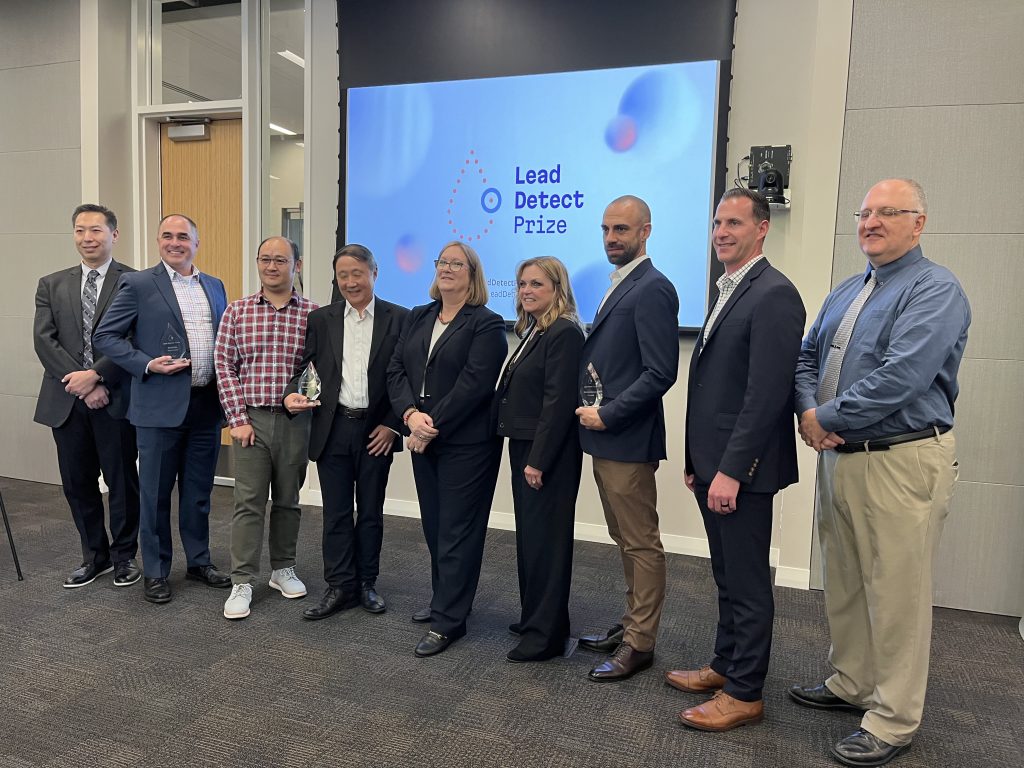
What Happened
In October, CDC announced results of its Lead Detect Prize program that awarded a total of $1 million over the past year to five teams developing new and improved point-of-care devices to measure blood lead levels from capillary samples taken in the field by pediatricians, health departments, and others. The devices were evaluated against criteria and target performance metrics that included:
- A lower reporting limit of at least 1.5 micrograms per deciliter (µ/dL) with an accuracy of ±2 ug/dL;1
- A reportable range up to at least 45 μg/dL in blood;
- A reporting time of not more than 15 minutes; and
- Usability by non-laboratory personnel without training.2
At George Washington University, the agency recognized five teams that designed products over the past year as follows:
- Meridian Bioscience took first place. Their initial testing indicated the proposed device had a lower reporting limit of 1 μg/dL and provided results in 5 minutes, exceeding CDC’s criteria. The company planned to upgrade their anodic stripping voltammetry current in use in LeadCare II devices3 that are commonly used to measure lead to 5 μg/dL.
- OndaVia placed second. They proposed to adapt their surface-enhanced Raman spectroscopy device currently used to measure lead in water.
- GlucoSentient (with UT Austin) placed third. They proposed to adapt a glucose meter and use DNAzyme technology to detect lead.
- Fluorezyme proposed to use DNAzyme technology to cause the release of dyes that can be measured with a cellphone camera.
- SensiLead proposed to use an electrochemical sensor to measure lead.
Luminary Labs designed and administered the program on behalf of CDC through a contract with the NASA’s Tournament Lab.
Why it Matters
In 2012, CDC concluded that no safe blood lead level in children had been identified. Because its term “level of concern” implied there was a level below which lead was safe, CDC replaced the term with a Blood Lead Reference Value (BLRV) to identify children with higher levels of lead in their blood compared with levels in most children. The BLRV was based on the 97.5th percentile of blood lead levels for children 1 to 5 years old using four years of NHANES biomonitoring results.4
The BLRV serves as the action level at which CDC recommends that individual children receive additional services designed to reduce their blood lead level.5 It is similar to action levels that EPA has established for lead in dust or water, or FDA has for food.
In 2017, CDC’s Board of Scientific Counselors unanimously recommended that the agency lower its Blood Lead Reference Value (BLRV) from 5 micrograms per deciliter (µ/dL) to 3.5 µ/dL. In 2021, CDC implemented the recommendation based on the advice of its Lead Exposure and Prevention Advisory Committee (LEPAC).
The primary cause of the four-year delay was whether laboratories had sufficient capacity to reliably measure lead at 3.5 µ/dL. The biggest challenge was point-of-care devices that allowed pediatricians, health departments, and others to test capillary blood samples in the field quickly and cost effectively since LeadCare II devices were insufficient to meet the proposed BLRV.
LEPAC accepted the recommendations of a workgroup that said, “point of care manufacturers should improve the analytical technology to reliably measure lead at 1 μg/dL.”
Our Take
In her opening remarks at the October announcement, Lynn Goldman, Dean of the Milken Institute School of Public Health at The George Washington University, observed that our chemical safety standards rely on current technologies, rather than forcing industry to develop new ones to better protect the public health. She congratulated CDC, NASA, and Luminary Labs for filling the gap by offering prizes as means to draw attention to the need and serve as a financial incentive to make it a priority.
We agree with Dr. Goldman’s observation and applaud the agencies and the innovators for taking on the challenge. We encourage all the innovators to move forward with efforts given the significant need for reliable point-of-care devices.
We also noticed that CDC set the objective at 1.5 µ/dL instead of the 1 µ/dL goal recommended by LEPAC. This more aggressive target is important since we expect the BLRV to be lowered when CDC conducts its next regular review. We talked with CDC about the divergence and do not fully understand the rationale. Fortunately, Meridian Bioscience claims they can meet the 1 µ/dL goal. Hopefully, the others can meet it as well.
- For context, 1 µ/dL is the same as 10 µg/L or 10 ppm. ↩︎
- In other words, it was eligible for an FDA waiver from Clinical Laboratory Improvement Amendments (CLIA). ↩︎
- Meridian Biosciences bought Magellan Diagnostics and its LeadCare products in 2016. Magellan Diagnostics was criminally sentenced in October 2024 for actions taken before 2016 for “concealment of a device malfunction that produced inaccurately low lead test results for tens of thousands of children and other patients.” The malfunction affected venous—not capillary—blood samples. The company was “ordered to pay a $21.8 million fine, $10.9 million in forfeiture and a minimum of $9.3 million to compensate patient victims.” A related criminal case against three executives of Magellan Diagnostics remains open. [1] The 97.5th percentile means that an estimated 450,000 young children would exceed the level. ↩︎
- The 97.5th percentile means that an estimated 450,000 young children would exceed the level. ↩︎
- CDC recommends children with BLLs of 3.5 µ/dL or higher receive: 1) routine assessment of nutritional and developmental milestones; 2) environmental exposure history to identify potential sources of lead exposure; 3) nutritional counseling related to calcium and iron intake; and 4) follow-up blood lead level testing at recommended intervals based on the child’s age. ↩︎
